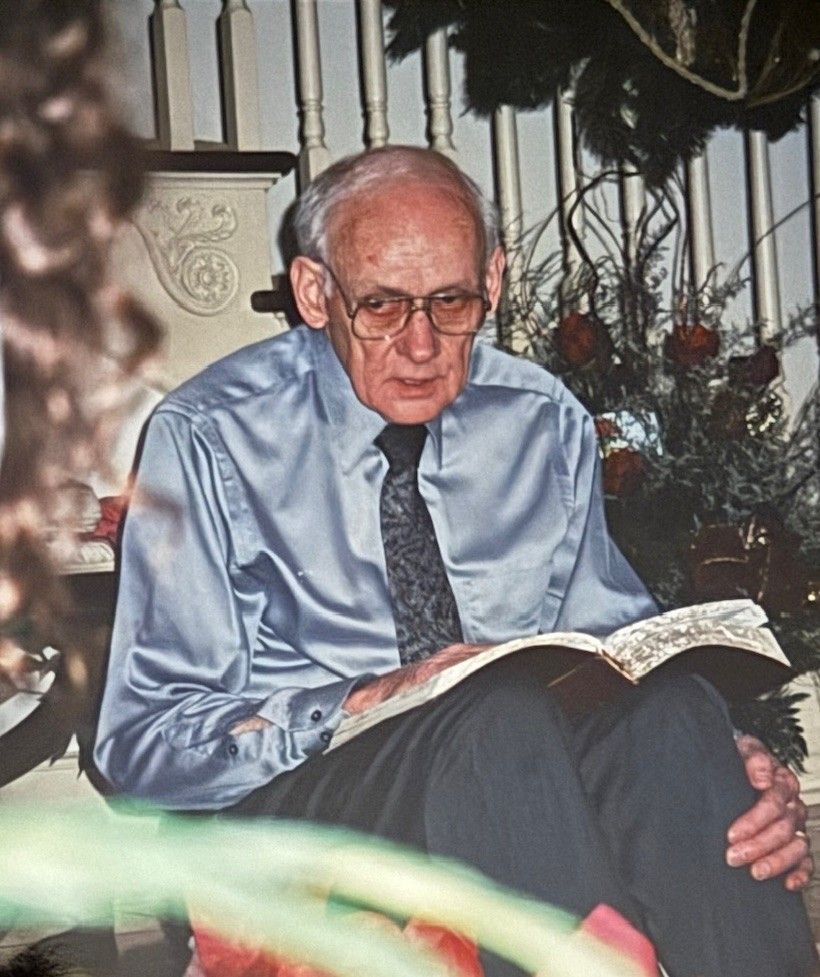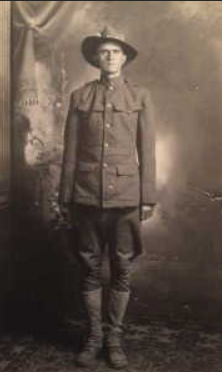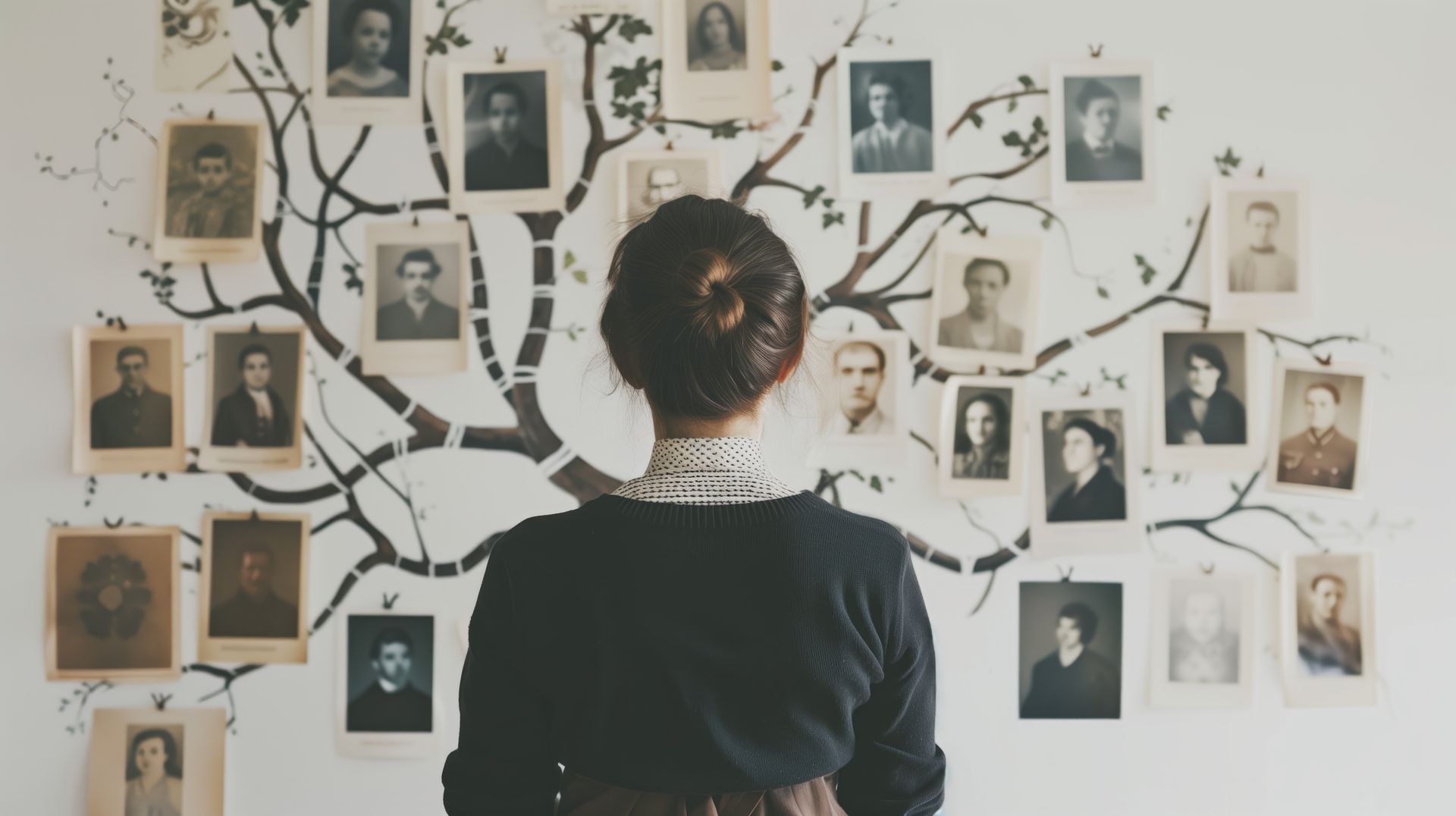Fear v. Hope

Despite my every attempt to shop incognito, she spotted me at Wal-Mart, but in her instance I didn’t mind. I hadn’t heard from her lately, and I wanted to know how she was doing. More specifically, I wanted to know how her husband was doing. There had been some recent issues . . . health issues on his part . . . and I knew she had to be struggling under the weight of waiting.
She seemed more than willing to talk, I’m sure, in part, because I was more than willing to listen. There had been testing . . . all the testing . . . and results that could mean this . . . or maybe that. This was something that could be rather easily corrected. That could be a death sentence. And the fear of losing him had reached the point of being unbearable.
It was then she decided to learn everything she could about his symptoms, everything she could about every possible scenario that came out of his doctor’s mouth. She spent hours each night, scanning the internet, reading the reputable websites, the ones she knew she could trust. She printed reams of paper, marking things that seemed important, things that seemed to point in the right direction. She poured over his medical records, looking for patterns that might have been years in the making. And as she scanned and read and printed and marked and poured, she began to better understand what could be happening to the man she loved.
She went to his next appointment armed with knowledge and an abundance of paper, just hoping the doctor would be open-minded enough to listen to what she had to say. She realized that nothing she had learned would change the eventual diagnosis. He had whatever he had and no amount of research in the world would ever change that. But what if she could point them in the right direction? What if the one person who knew her husband better than anyone else could speed up the process so they could move forward with treatment, if treatment was truly needed? What if her research forced the medical professionals to think outside their medical box?
Do you see what she did? She took fear and turned it into a powerful tool, a driving force that propelled her through her mission. She could have let that same fear completely disable her; she could have let it paralyze her and drive her to the brink of insanity. But she didn’t. She took her fear and used it to create hope. And hope is fear’s greatest enemy.
Their story has a happy ending. It turned out to be this rather than that, and her research was what put them on the right path. Is it always going to end so beautifully? No. But whatever the circumstances may be, you have a choice. Fear can be your greatest weapon or your worst enemy, and only you can decide which. When you give in to fear, when you allow it to take control, you have already lost the battle. But within fear you will always find hope—as long as you’re willing to look for it.
About the author: Lisa Shackelford Thomas is a fourth generation member of a family that’s been in funeral service since 1926. She has been employed at Shackelford Funeral Directors in Savannah, Tennessee for over 40 years and currently serves as the manager there. Any opinions expressed here are hers and hers alone, and may or may not reflect the opinions of other Shackelford family members or staff.
The post Fear v. Hope appeared first on Shackelford Funeral Directors | Blog.












